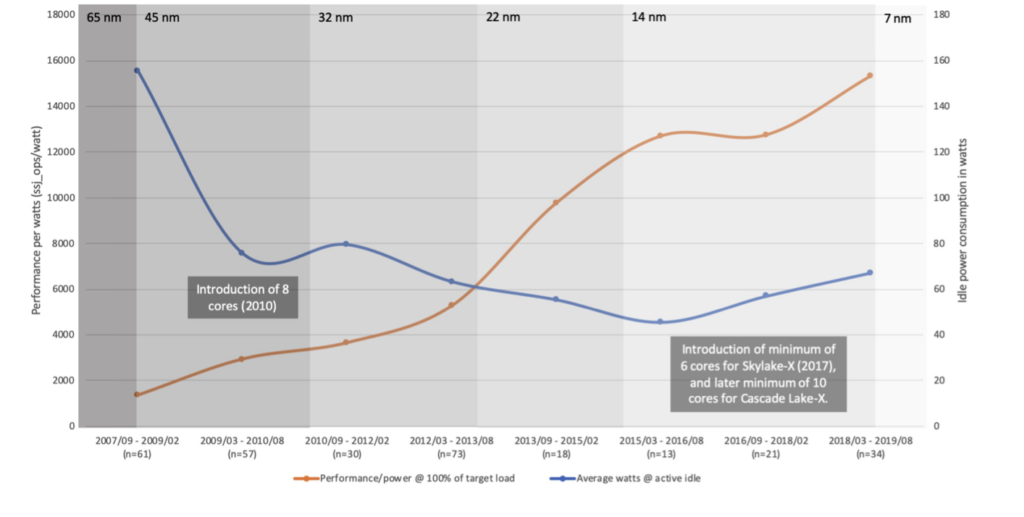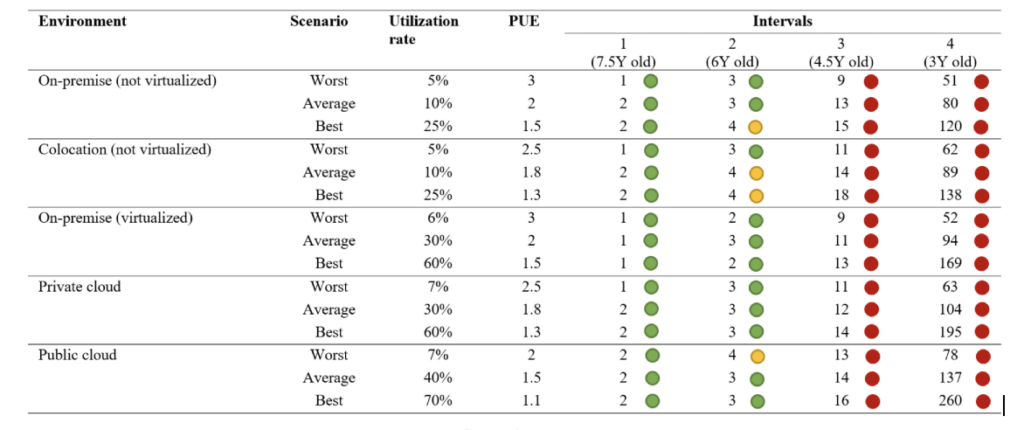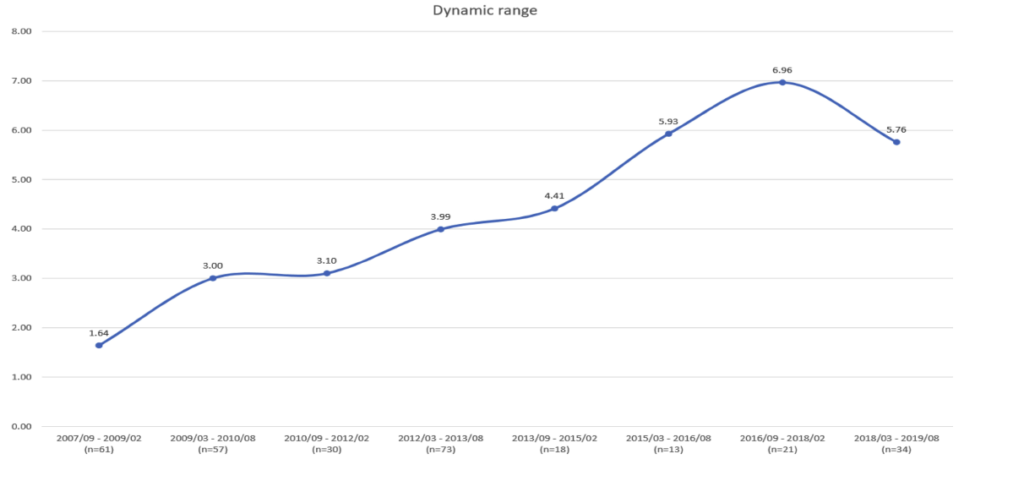Optimizing Server Refresh Cycles: The Case for Circular Economy With an Aging Moore’s Law
As digital services demand escalates, data centres, pivotal to this growth, face the challenge of increasing energy consumption and environmental impact. The focus of this discussion is on optimizing server refresh cycles in data centres, particularly in the context of a circular economy and the slowing pace of Moore’s Law.
The Growing Demand and Environmental Challenge
The digital economy’s reliance on data centres has led to a surge in energy consumption and greenhouse gas emissions. With servers accounting for a significant portion of this energy use, there is a critical need to address their environmental impact, considering all phases: manufacturing, operating, and disposal.
Methodology: Evaluating Server Refresh
The study presents insights into the effects of refreshing servers with remanufactured and refurbished units. It considers the latest changes in CPU design trends and Moore’s Law, measuring and analyzing the use phase energy consumption of remanufactured versus new servers with various hardware configurations.
Refurbished and Remanufactured Servers: A Sustainable Alternative
The analysis demonstrates that refurbished servers, which are tested and cleaned, and remanufactured servers, rebuilt with component upgrades, are close in reliability to new servers. The research highlights the potential economic and environmental benefits of opting for refurbished or remanufactured servers over new ones.
The Impact of Aging Moore’s Law
Technological advancements in server processor technology, historically driven by Moore’s Law, have not shown significant changes in performance per watt in recent years. This slowdown necessitates a reassessment of the server refresh strategy in data centres, especially in terms of employing circular economy practices.
Environmental and Performance Impacts
The study delves into the environmental and performance impact of this technological slowdown, exploring the implications for server refresh cycles. It evaluates the potential impact of refurbished server refresh from economic and environmental perspectives, using case studies for illustration.
Conclusion: Balancing Efficiency with Environmental Sustainability
The findings advocate for a more balanced approach to server refresh cycles, considering both energy efficiency and environmental impact. The shift towards refurbished or remanufactured servers presents a viable strategy to reduce the environmental footprint of data centres, challenging the industry’s traditional focus on just energy efficiency metrics.
In summary, this discussion offers a comprehensive overview of the need to optimize server refresh cycles in data centres. It highlights the importance of considering environmental impacts alongside energy efficiency, presenting a strong case for a circular economy approach in the face of an ageing Moore’s Law. The insights provided are particularly valuable for data centre operators and IT professionals, guiding them towards more sustainable and efficient practices in server management.



